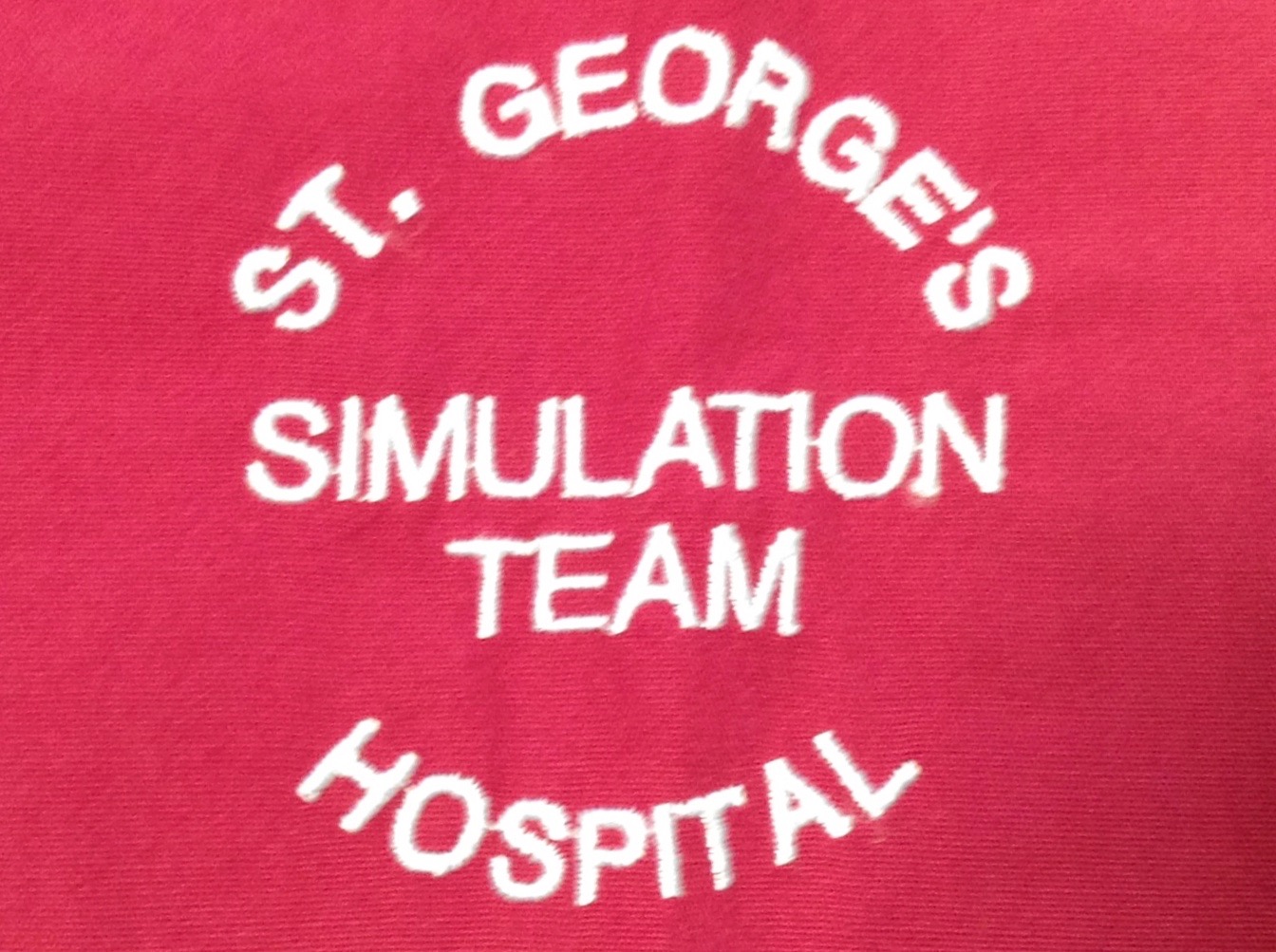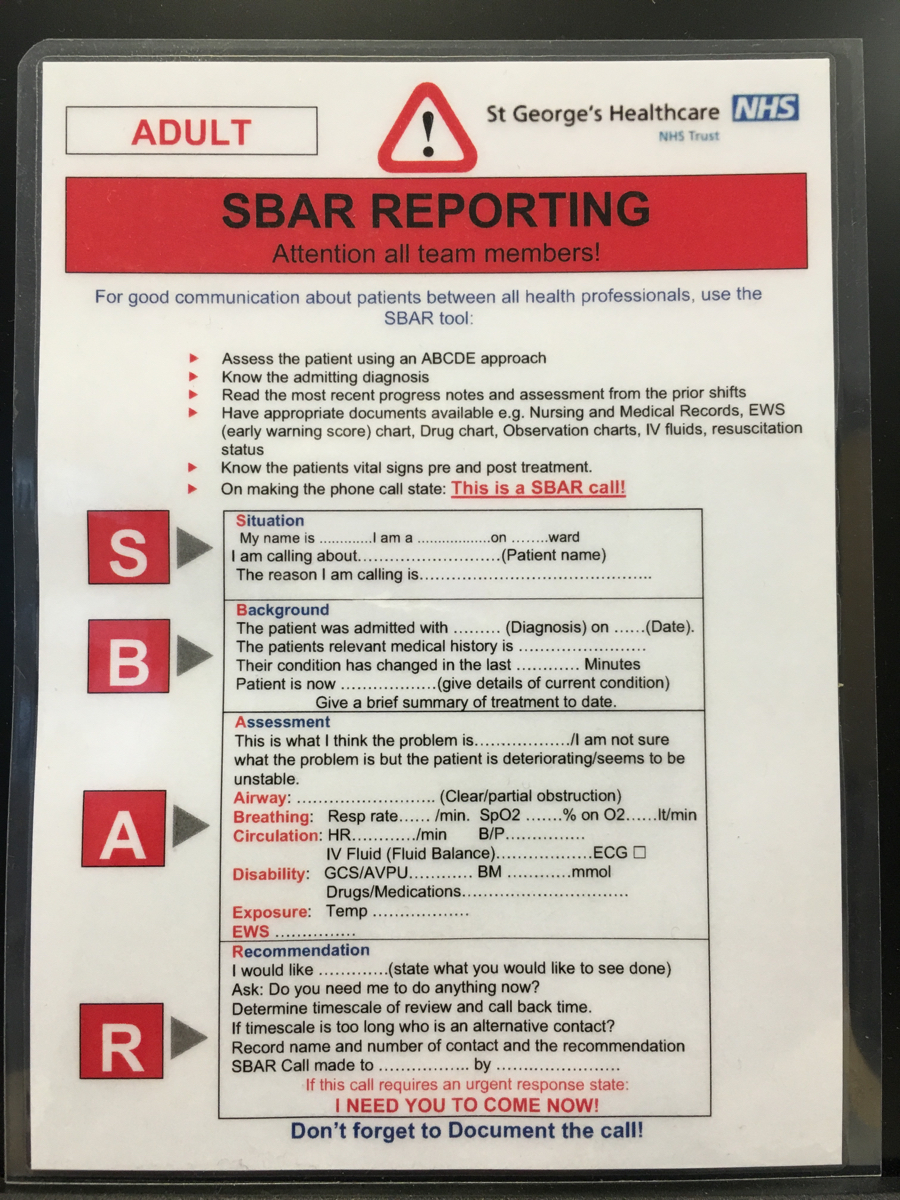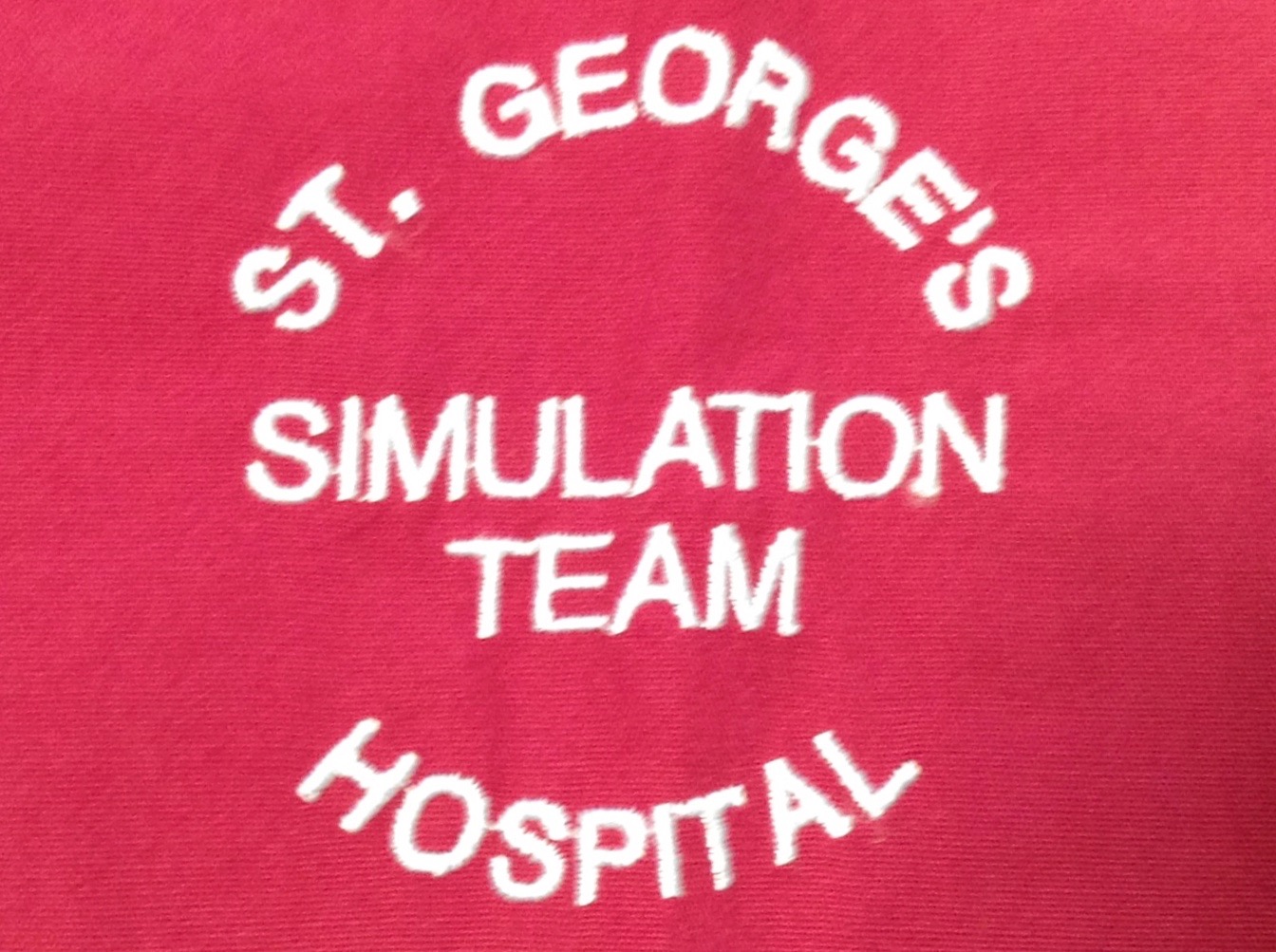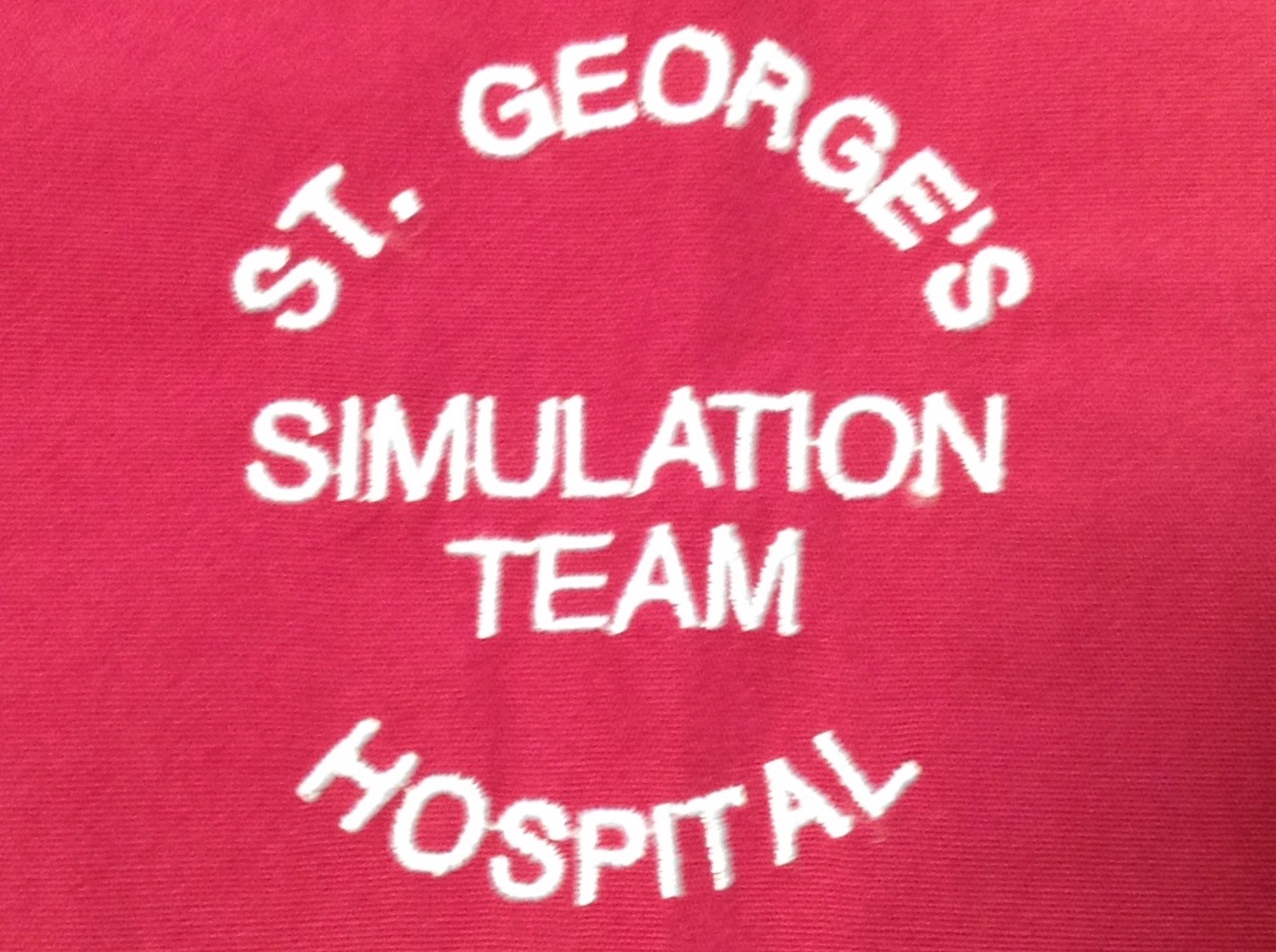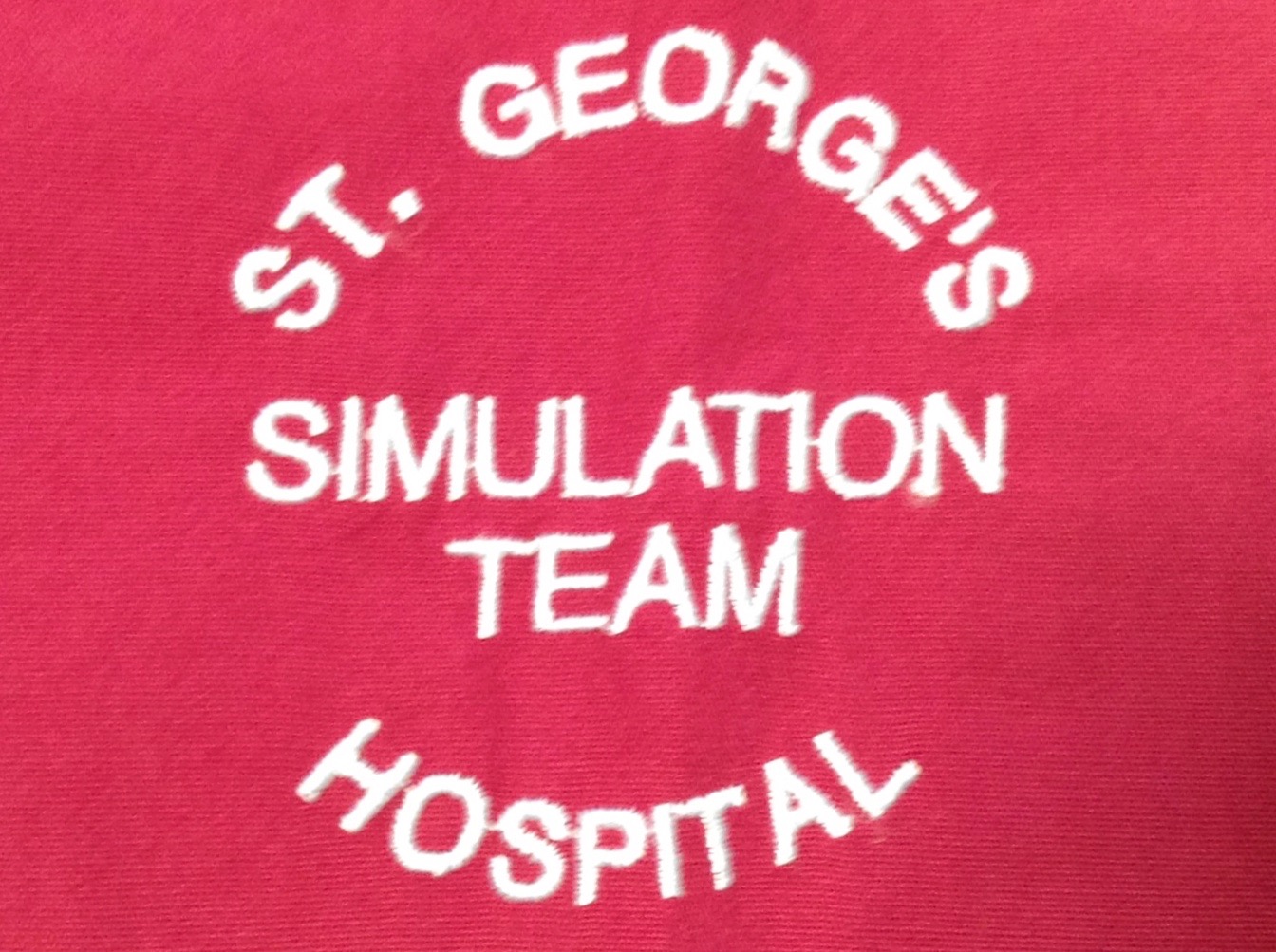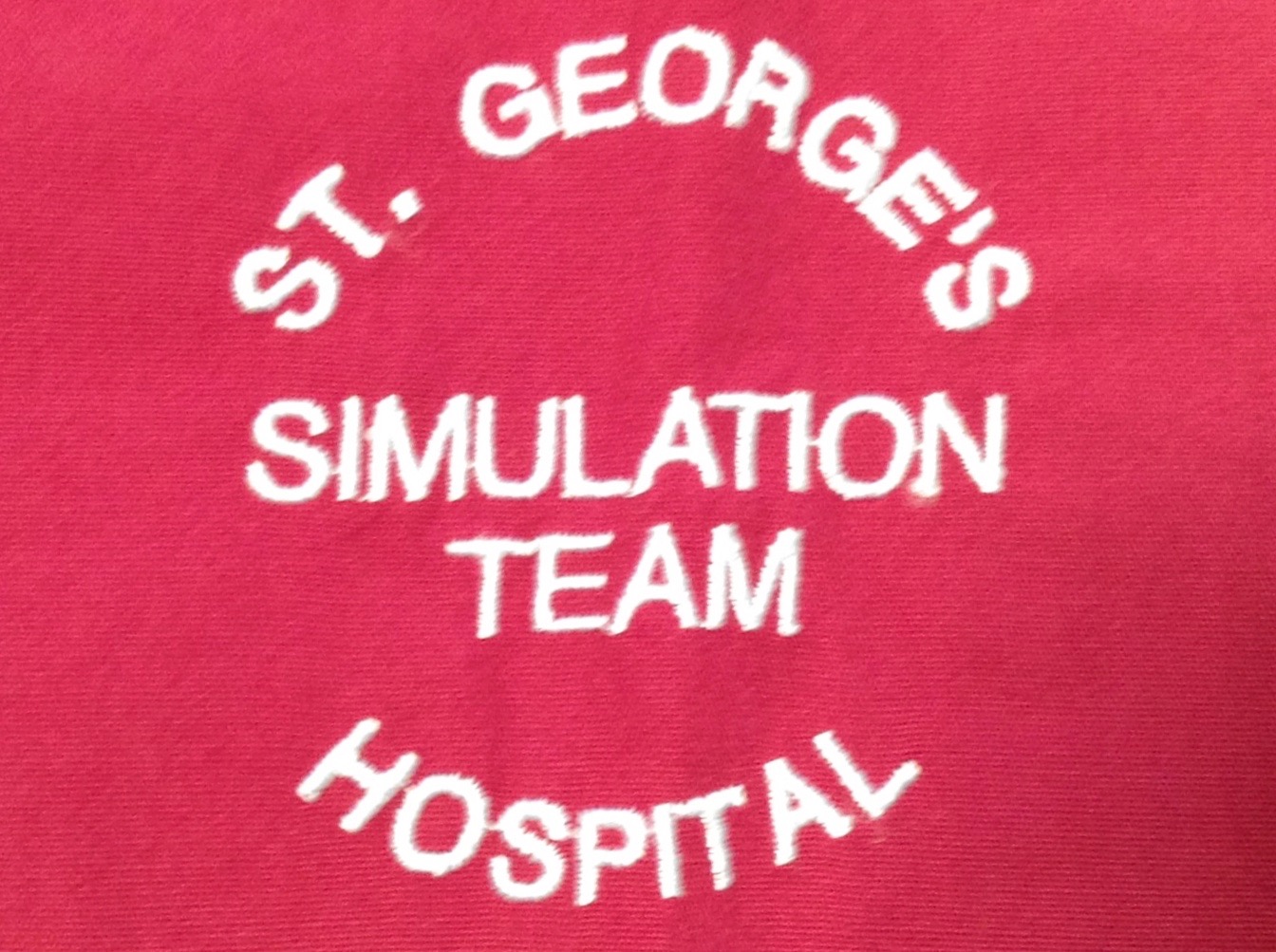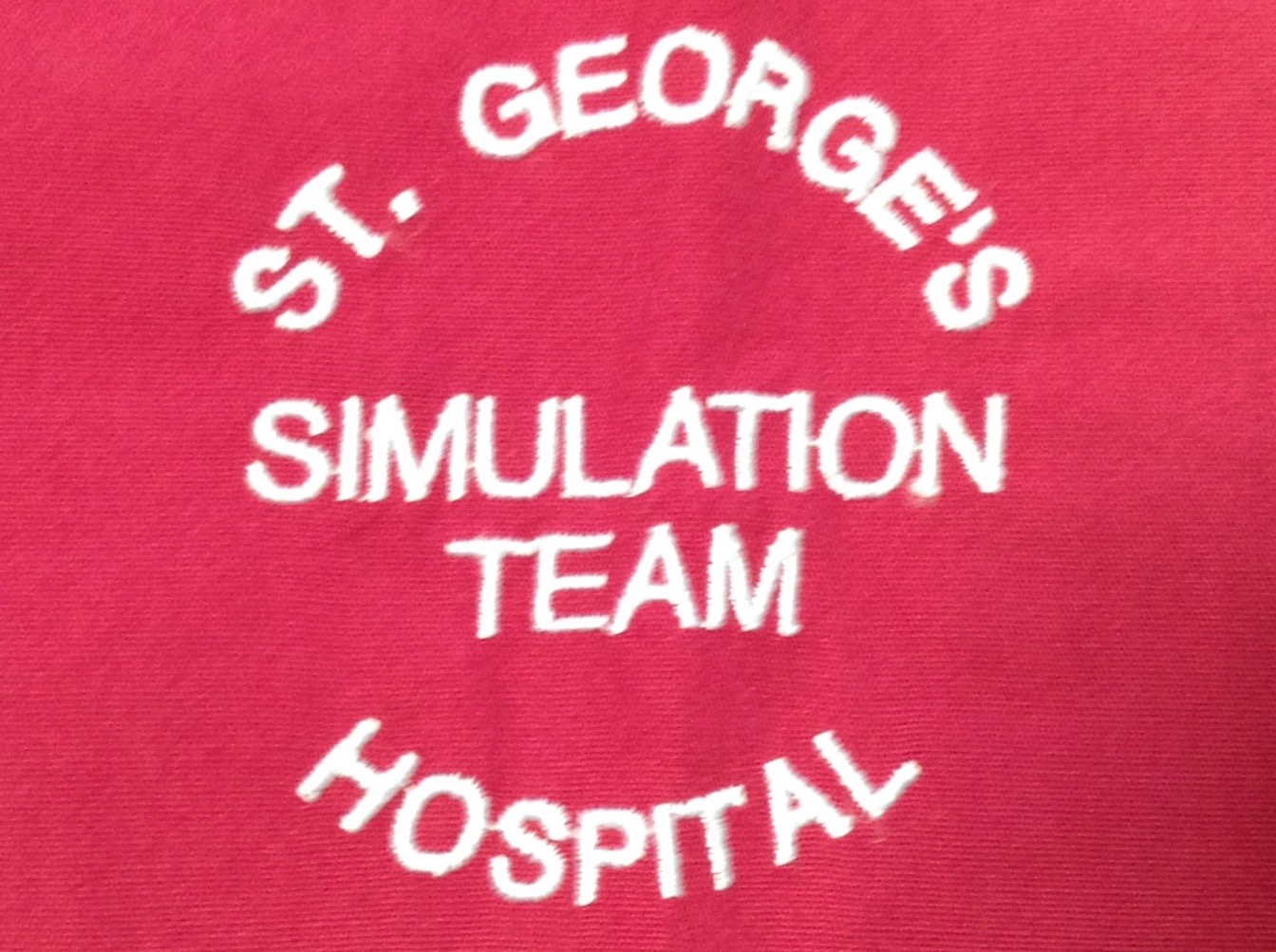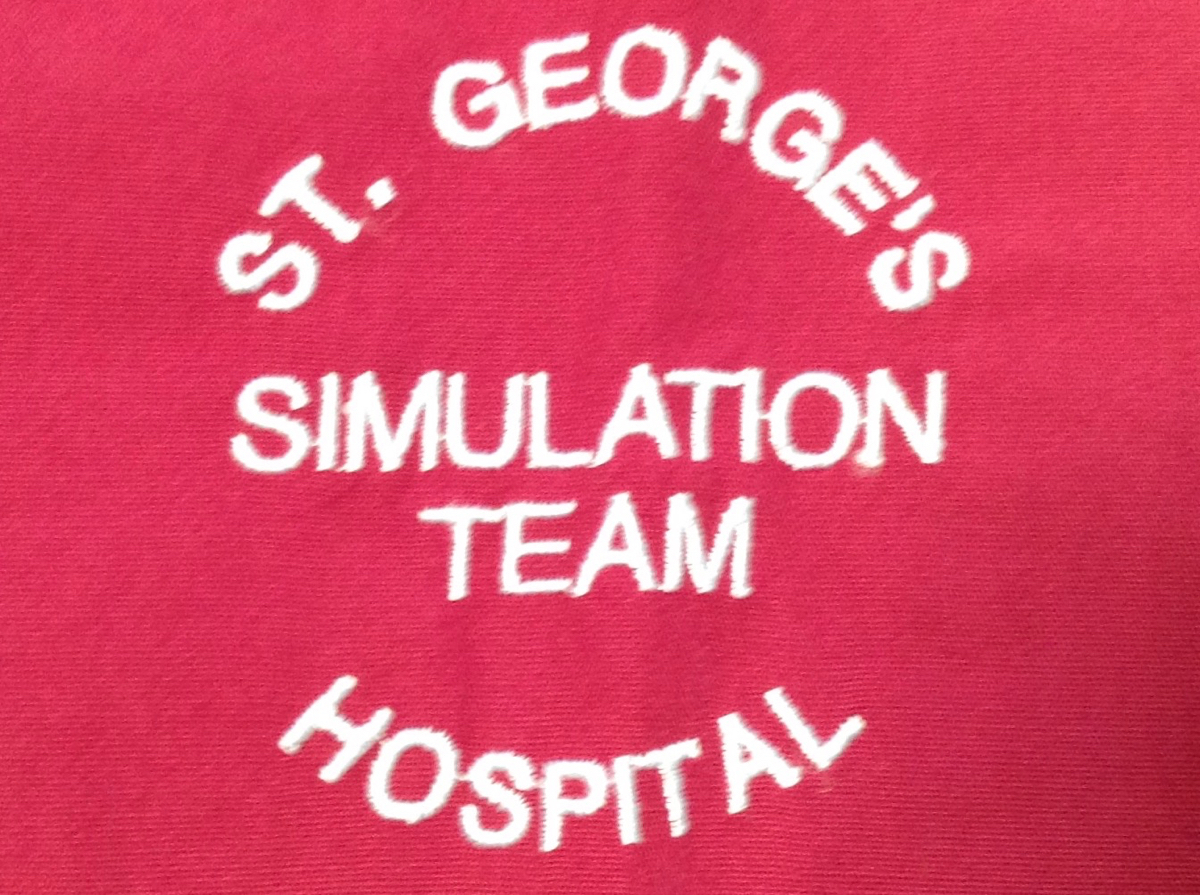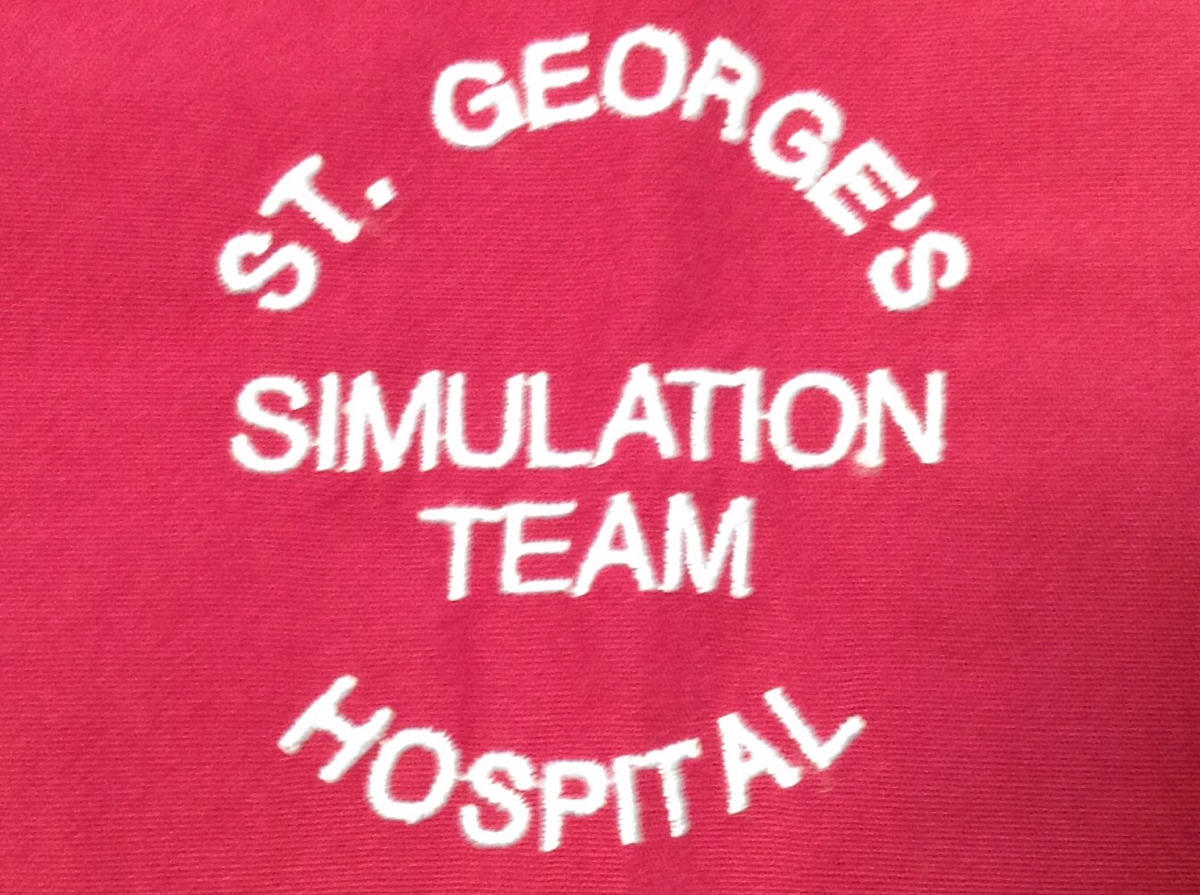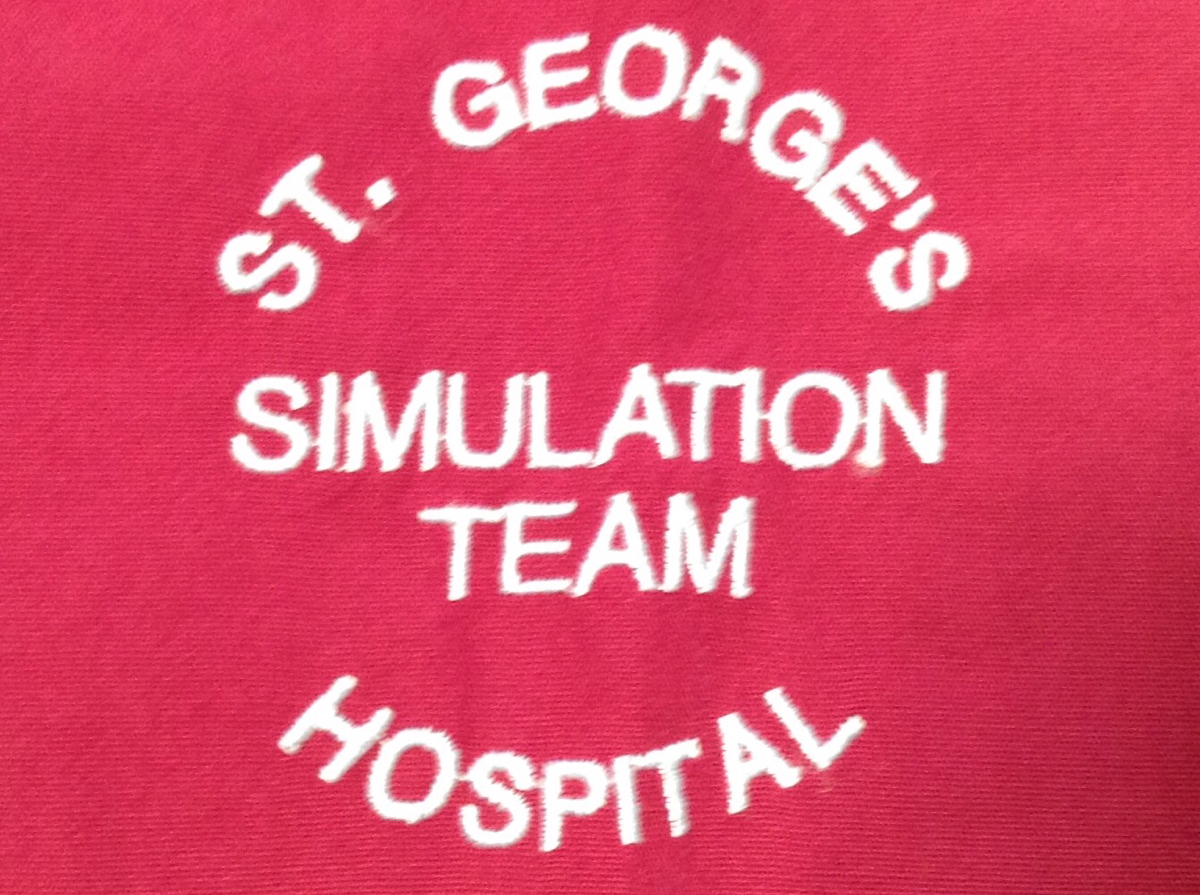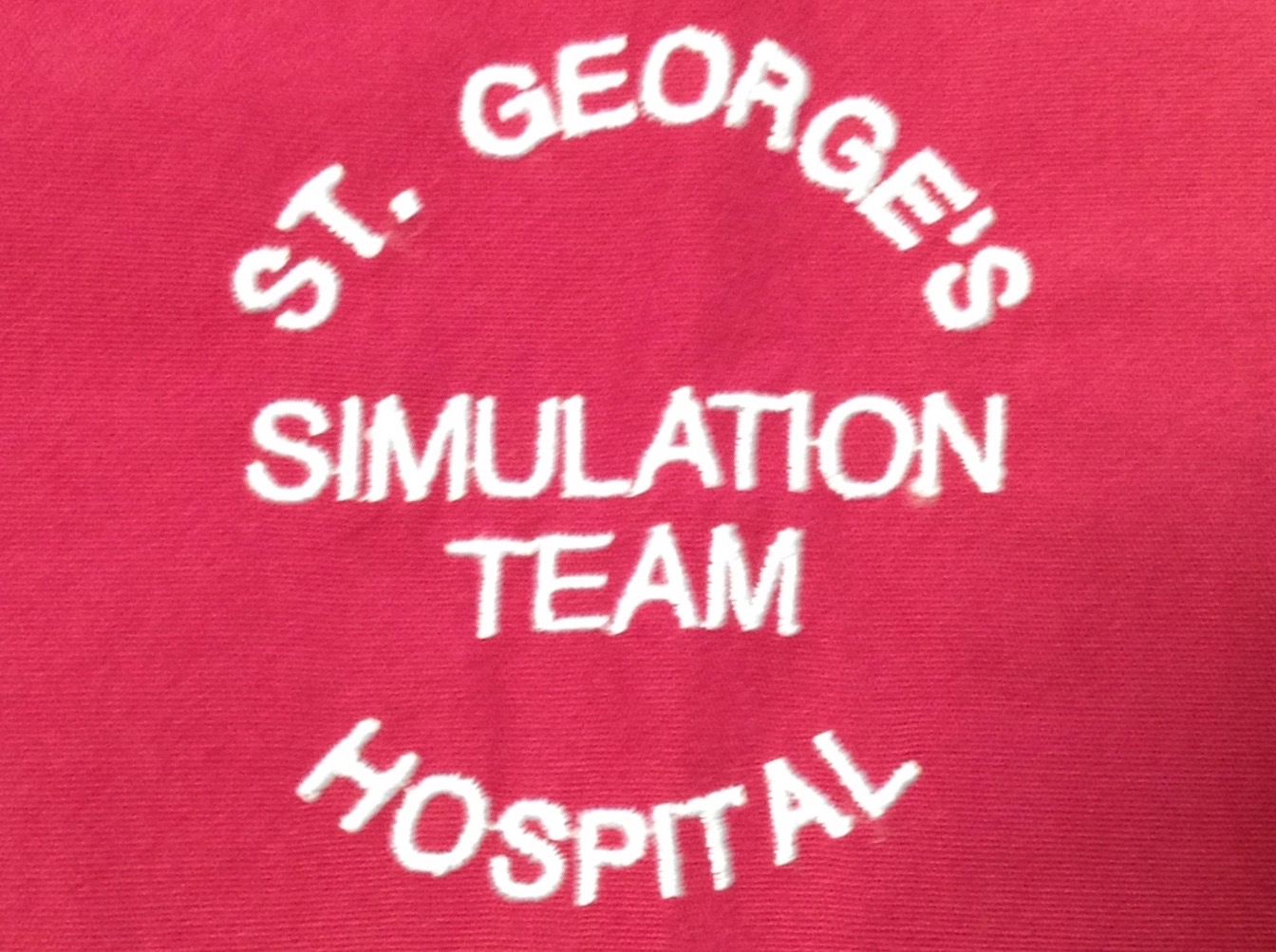Information
-
Document No.
-
Audit Title
-
Client / Site
-
Conducted on
-
Prepared by
-
Location
-
Personnel
Instructions
Instructions
-
This is a tool to allow observers to give feedback to colleagues on their use of the SBAR model structured communication in patient handover.
-
SBAR Reporting
Patient Handover/ Information Gathering
-
Assesses the patient using an ABCDE approach
-
Checks the admitting diagnosis
-
Has appropriate documentation (e.g. Nursing, medical records, EWS chart, Drug chart, Observation chart, IV fluids, resuscitation status)
-
Collects the patient's vital signs pre and post treatment and takes relevant notes to the phone
-
On making the phone call states " This is an SBAR call"
Escalation Handover call - 'S' for Situation
-
Gives own name, role and ward
-
Identifies patient for handover
-
Explains reason for calling and headlines any concerns
Escalation Handover Call - 'B' for Background
-
Gives admitting diagnosis and date
-
Provides relevant medical history
-
Reports any changes in patient condition and gives time frame
-
Gives a brief summary of treatment to date
Escalation Handover Call - 'A' for Assessment
-
Says clearly what he/she thinks the problem is
-
Gives all relevant details of Airway, Breathing, Circulation, Disability, Exposure, EWS (ABCDE )
Escalation Handover Call - 'R' for Recommendation & Review
-
States clearly the request (e.g. "I need you to come now")
-
Checks that receiver has understood details of call
-
Determines timescale for review and records name of receiver
-
Is assertive. (e.g. if timescale for review is too long asks insists on urgency or for alternative contact)
-
Asks if something should be done now while waiting for review/help
Overall Rating of Handover
-
Taking completeness, structure and clarity of English expression this handover was:
-
Add Comments
